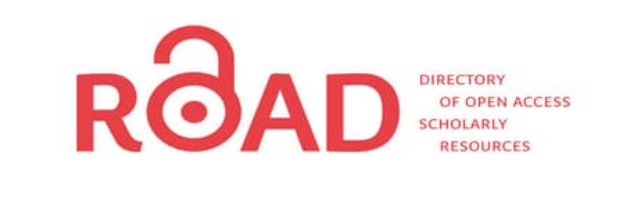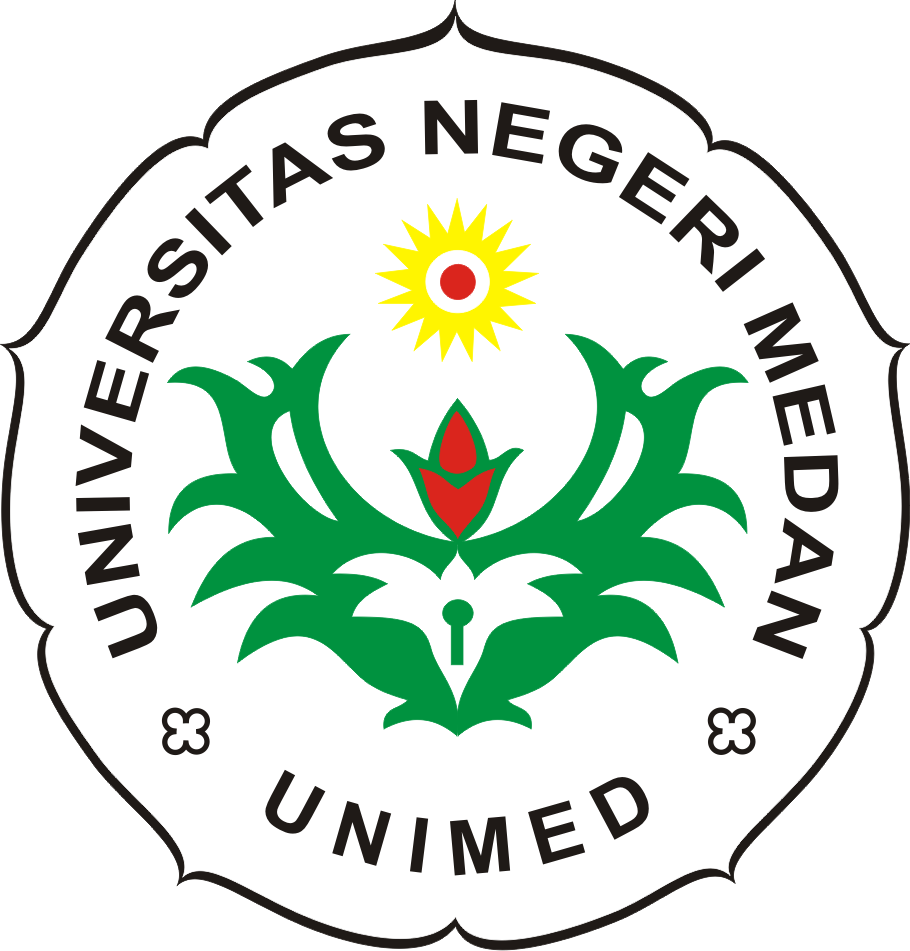Language Acquisition: Exploring Parental Strategies and Children's Linguistic Development
DOI:
https://doi.org/10.24114/reg.v13i1.57859Keywords:
Bilingual Family, Language Acquisition, Linguistics Parental Strategies, Second Language Acquisition.Abstract
This study explores the language learning dynamics within a bilingual family in Malaysia, focusing on parental strategies and their influence on language acquisition in Bahasa and Malay. Employing a qualitative case study design, participants were purposively sampled from the researcher's friend's family. Meticulous observation activities assessed various aspects of the family's language environment, including parental language use, exposure to authentic materials, and correcting linguistic errors. Creswell's framework guided data analysis, thoroughly examining observational data to derive meaningful insights. Trustworthiness was established through prolonged engagement, triangulation, member checking, and peer debriefing. The findings revealed proactive parental approaches, such as creating daily communication contexts, utilizing diverse activities, and providing corrective feedback, which fostered a supportive language learning environment for the children. Overall, these efforts facilitated bilingualism and language proficiency in both Bahasa and Malay, highlighting the pivotal role of parental involvement. This study contributes empirical evidence of effective parental strategies in bilingual language development, enriching our understanding of SLA theories and bilingual language acquisition within familial contexts.References
Bialystok, E. (2001). Bilingualism in Development: Language, Literacy, and Cognition. Cambridge University Press.
Chomsky, N. (1957). Syntactic Structures. Mouton.
Cook, V., & Newson, M. (1996). Chomsky's Universal Grammar: An Introduction. Blackwell.
Cummins, J. (1979). Linguistic Interdependence and the Educational Development of Bilingual Children. Review of Educational Research, 49(2), 222-251.
De Houwer, A. (2007). Parental Language Input Patterns and Children's Bilingual Use. Applied Psycholinguistics, 28(3), 411-424.
Ellis, R. (1994). The Study of Second Language Acquisition. Oxford University Press.
Genesee, F. (1999). Early Bilingual Development: One Language or Two? Georgetown University Press.
Genesee, F. (2004). What Do We Know About Bilingual Education for Majority Language Students? In T. K. Bhatia & W. C. Ritchie (Eds.), Handbook of Bilingualism and Multilingualism (pp. 547-576). Blackwell.
Grosjean, F. (1982). Life with Two Languages: An Introduction to Bilingualism. Harvard University Press.
Grosjean, F. (2010). Bilingual: Life and Reality. Harvard University Press.
Hoff, E. (2006). How Social Contexts Support and Shape Language Development. Developmental Review, 26(1), 55-88.
Krashen, S. (1982). Principles and Practice in Second Language Acquisition. Pergamon Press.
Krashen, S. (1985). The Input Hypothesis: Issues and Implications. Longman.
Lightbown, P. M., & Spada, N. (2013). How Languages Are Learned. Oxford University Press.
Long, M. H. (1981). Input, Interaction, and Second Language Acquisition. In H. Winitz (Ed.), Native Language and Foreign Language Acquisition (pp. 259-278). New York: Annals of the New York Academy of Sciences.
Snow, C. E. (1994). Whose Language? A sociocultural approach to literacy. Harvard University Press.
Tamis-LeMonda, C. S., Bornstein, M. H., & Baumwell, L. (2001). Maternal Responsiveness and Children's Achievement of Language Milestones. Child Development, 72(3), 748-767.
Vygotsky, L. S. (1978). Mind in Society: The Development of Higher Psychological Processes. Harvard University Press.
Downloads
Published
Issue
Section
License
Copyright (c) 2024 Widya Rizky Pratiwi

This work is licensed under a Creative Commons Attribution-NonCommercial-ShareAlike 4.0 International License.
Authors who publish with this journal agree with the following terms:
- Authors retain copyright and grant the journal right of first publication with the work simultaneously licensed under a Creative Commons Attribution License that allows others to share the work with an acknowledgment of the work's authorship and initial publication in this journal.
- Authors are able to enter into separate, additional contractual arrangements for the non-exclusive distribution of the journal's published version of the work (e.g., post it to an institutional repository or publish it in a book), with an acknowledgement of its initial publication in this journal.
- Authors are permitted and encouraged to post their work online (e.g., in institutional repositories or on their website) prior to and during the submission process, as it can lead to productive exchanges, as well as earlier and greater citation of published work (See The Effect of Open Access).
- This work is licensed under a Creative Commons Attribution-ShareAlike 4.0 International License.






